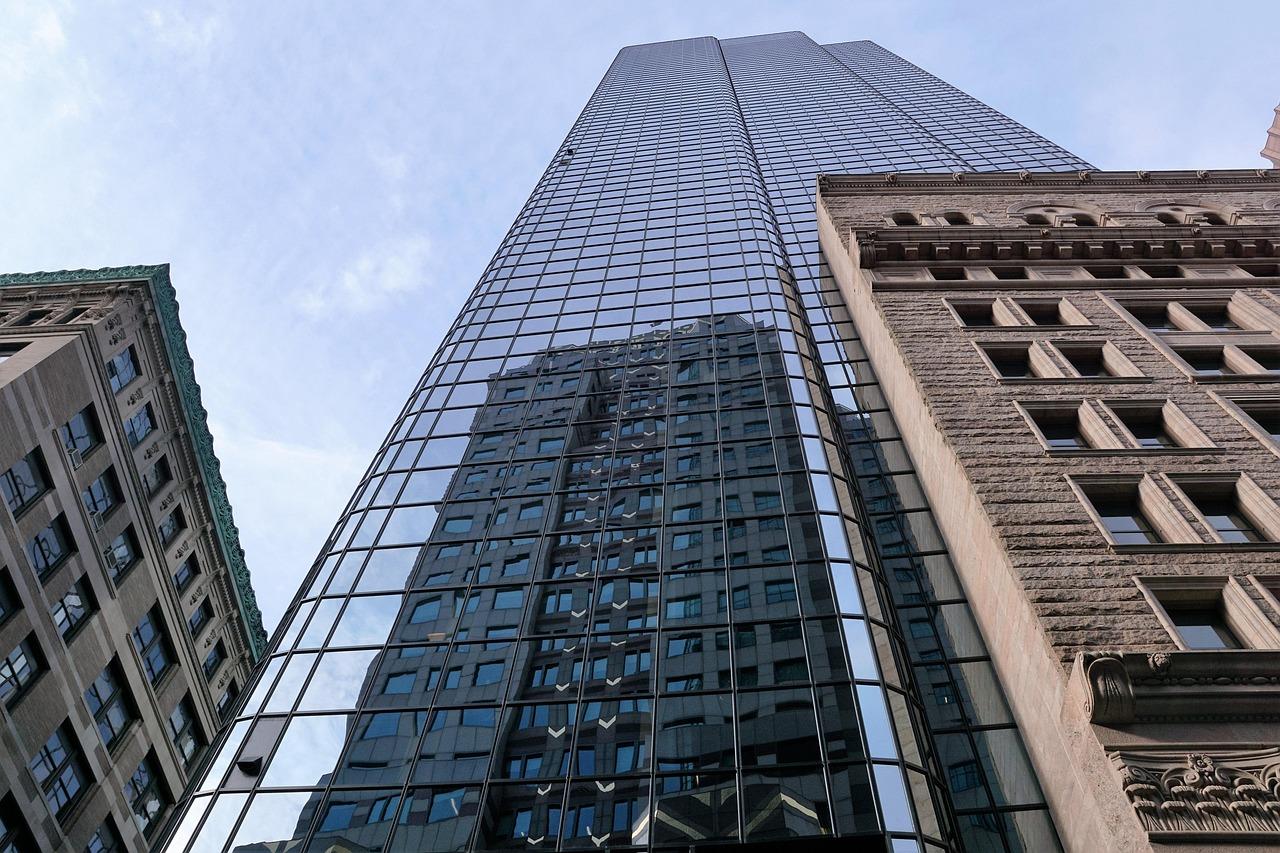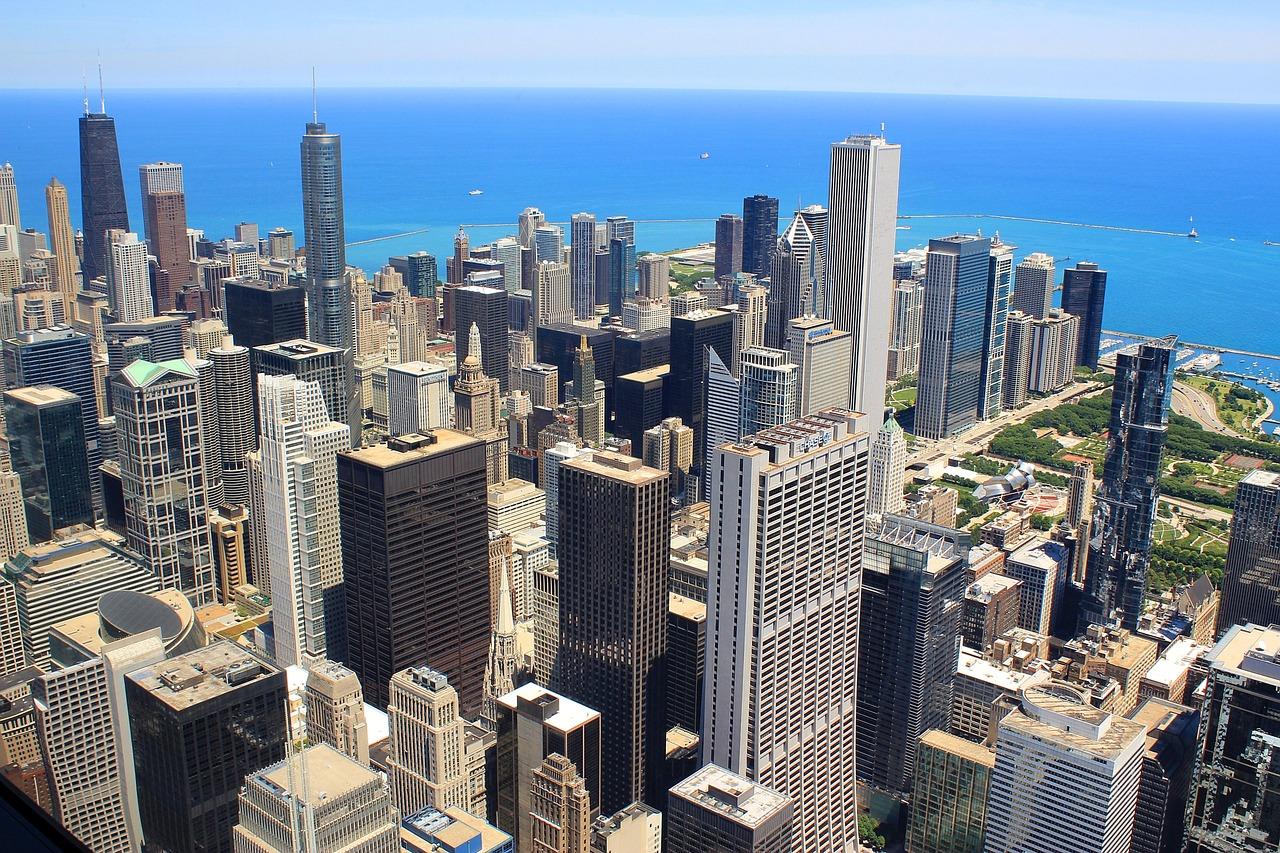
Last Reviewed/Updated: 09/2023
Normally, investors should hire an immigration attorney who will help put together the documents required and it is important that an immigration lawyer has experience with the EB-5 program, as the documentation requirements that need to be submitted are very specific. Therefore, working with an experienced immigration lawyer will protect you from denial, and save you time.
It is also worth mentioning that immigration lawyers are responsible for the preparation of documents and are not authorised to provide any investment advice. This is why they should not recommend an EB-5 project. But they certainly can provide their feedback on the chosen EB-5 project in relation to the immigration requirements.
Petition I-526 (for Regional Center applications I-526e)
Petition I-526/I-526e is an application for participation in the EB-5 program. As a result of this application, the participant and their family members receive a Conditional Green Card which is valid for two years. The petition basically means: I am an eligible investor who has invested funds in accordance with the requirements of the EB-5 program, and here is the business plan on how the required jobs will be created.
This application consists of the following parts:
- Application form by USCIS – you can download it and check it here – LINK https://www.uscis.gov/i-526 // https://www.uscis.gov/i-526e.
- Personal documents and translations of the applicant and their family members – ID documents, birth certificates, marriage certificates.
- Source & trace of funds documents and their translations covering the amount of investment, plus admin fees of the RC – tax declarations, bank statements, employment statements, etc. The full list depends on the source of funds and is provided by an immigration lawyer.
- Project documentation – consisting of signed agreements and full PPM (project Placement Memorandum) including a detailed business plan, confirmation of newly created business entity and confirmation that the project belongs to a TEA, in the case of an investment of $800,000. Project documentation is prepared by the Regional Center for I-526e, or in the case of a direct EB-5, it should be assembled by an immigration lawyer together with corporate lawyers, economists and business plan writers.
- Confirmation of full or partial investment – by the time the I-526 or I-526e petition is submitted, the investor should transfer the funds to the project for the full amount, or in some specific situations, it might be a partial investment.
Usually, all documents are collected and prepared in the form of scanned copies, though USCIS always has the right to request the originals.
All the above is put together by the immigration lawyer and sent in paper format via the postal service to the department responsible for EB-5 processing at the USCIS office known as the IPO -Investor Program Office.
USCIS issues a confirmation receipt known as the I-797 two-four weeks after receiving an application. A receipt will have a tracking number which can be used for checking the status of your application with USCIS.
Processing times for I-526 / I-526e petitions may vary from 1 to 5 years, More details on processing times for I-526 petitions can be found in our article on processing times.
USCIS upon reviewing the application may either:
- Approve the petition
- Request additional information (RFI)
- Issue a notice of denial – giving the chance to provide additional documents to strengthen the case
- Deny the application.
The average rate of approval for I-526 petitions in the period 2016 – 2021 was 13%*, but increased dramatically in the first half of 2023 to 50%**.
USCIS does not provide any statistics on reasons for denials, but the main reasons mentioned in different sources are insufficient source of funds documentation and poorly prepared project documentation.
While the petition is under review, the applicant may file for an adjustment of status if they are in the US with a non-immigrant visa, and then wait for a decision in the US, or after the petition is approved they may apply for an EB-5 visa to enter the US under an immigrant status. In both cases, the petitioner and their family members will receive a Conditional Green Card valid for 2 years.
Petition I-829
Petition I-829 is a second petition that is filed during the 90-day period immediately before the second anniversary of the investor’s Conditional Green Card and is aimed at the removal of conditions. Failure to submit this form within this timeframe may jeopardize a foreign investor’s ability to gain lawful permanent resident status.
At this stage, the investor states that their funds are still invested in the project and that 10 new jobs have been created as promised, and that they are eligible for a lawful permanent resident status.
The petition is prepared by an immigration attorney and consists of:
- Application form I-829 – https://www.uscis.gov/i-829.
- Personal documents.
- Proof that the jobs were created – for Regional Center projects this part is prepared by them, direct project investors have to show W2 forms for their employees (minimum 35 hours per week).
- Confirmation of paid Government fees $3,750 and if required, the biometrics services fee of $85. This is normally paid by the immigration lawyer on the applicant’s behalf and is added to service charges.
All files are put together by an immigration lawyer and sent to the IPO, USCIS via post.
The processing time for an I-829 petition is from 2 to 5 years.
Upon filing an I-829 petition the investor can live in the US for another 2 years based on their expired Conditional Green Card and receipt of their I-829 was filed and in case within these 2 years he did not receive his approval he needs to extend his status.
USCIS upon reviewing the application may:
- Approve the petition
- Request additional information (RFI)
- Issue a notice of denial
- Deny the application.
Denial rates in 2016 – 2021 were at a level of 5%* and have increased in the first half of 2023 to 14%**.
USCIS does not publish any official statistics on reasons for denials, but at this stage based on the information available the main reason is projects that were not completed as initially anticipated, and so the jobs were not created.
As the result of I-829 approval, the investor and their family members receive a Permanent Green Card, the status is indefinite and the document itself is valid for 10 years. To maintain their status foreign citizens should ideally live in the US for more than half of the year annually, pay taxes, and not violate the law.
The US citizenship may be received after 5 years of residing in the US from the moment that the Conditional Green Card is issued.
In the event that the I-829 is denied, you need to leave the US or find another visa type that may allow you to stay in the US.
As you can see, EB-5 is a step-by-step process, and it is extremely important to carefully select specialists who will guide you throughout the entire EB-5 journey in order to fully understand your case and help in any unexpected situation. And if you choose specialists and a project with experience in the EB-5 program, you are already significantly increasing your chances of success. Therefore, from the beginning, carefully look at the experience of the lawyer and the Regional Center with whom you choose to go through the stages of the immigration process.
* souce – gao report https://www.gao.gov/assets/gao-23-106452.pdf
** source Q1,Q2 statistics report by USCIS https://www.uscis.gov/tools/reports-and-studies/immigration-and-citizenship-data
Last Reviewed/Updated: 09/2023
Categories:




